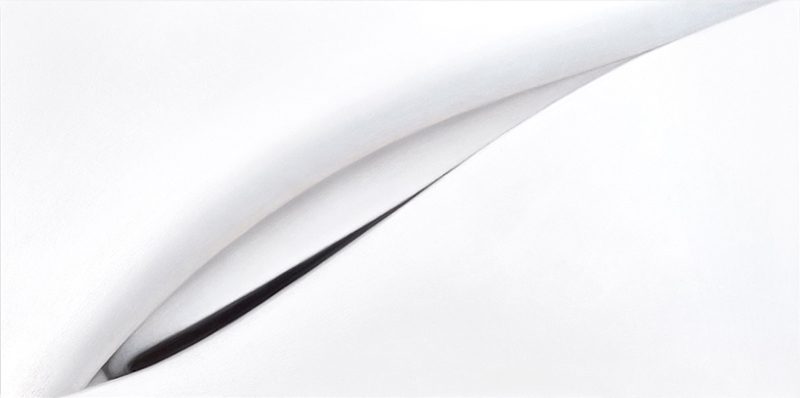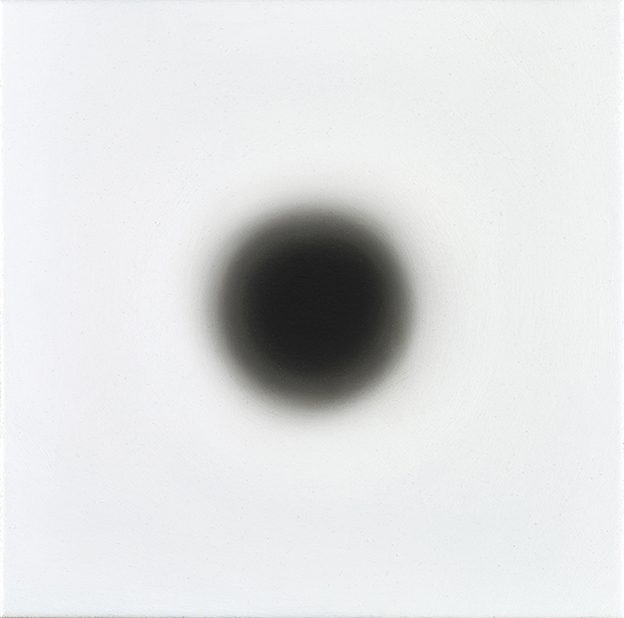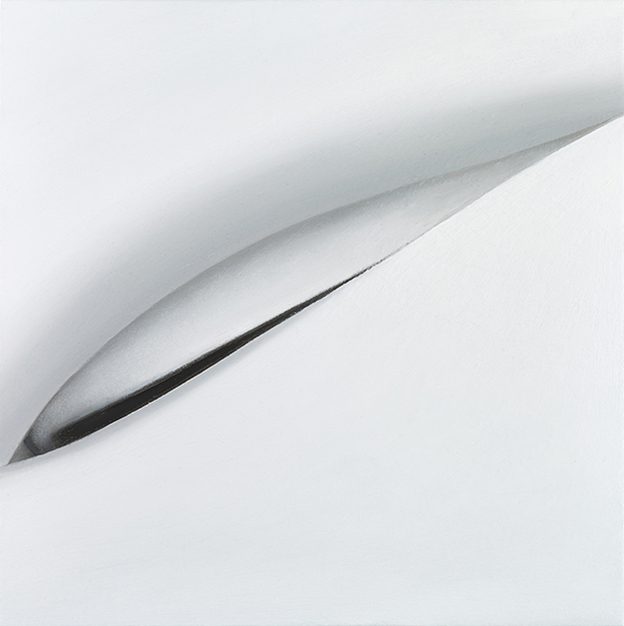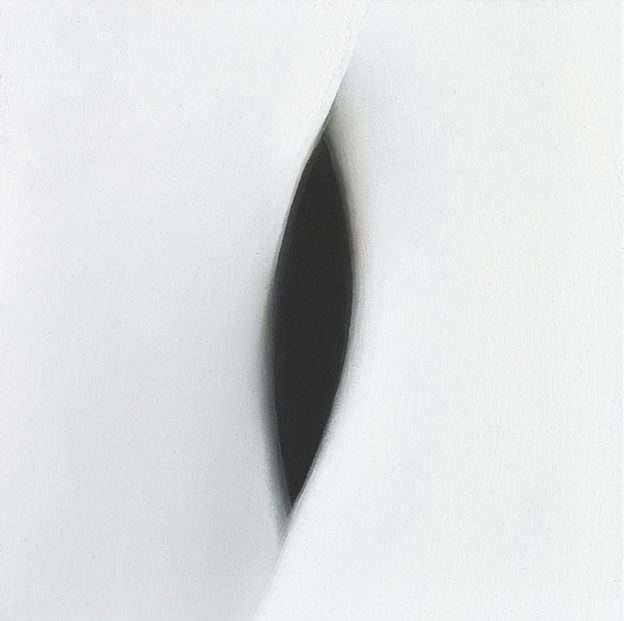ART PREVIEW:Alison Watt
 Alison’s Watt work first came to public attention in 1987 when she won the National Portrait Gallery’s coveted annual award and in the late 1980s and early 90s she became well known for her paintings of figures, 1997 marked a turning point by introducing fabric alongside these figures., 2000 saw Watt move away from the figure and display a series of 12 large works depicting swathes of fabric.
Alison’s Watt work first came to public attention in 1987 when she won the National Portrait Gallery’s coveted annual award and in the late 1980s and early 90s she became well known for her paintings of figures, 1997 marked a turning point by introducing fabric alongside these figures., 2000 saw Watt move away from the figure and display a series of 12 large works depicting swathes of fabric.
By Efi Michalarou
Photo: Parafin Gallery Archive
In “The Sun Never Knew How Wonderful It Was”, her first solo exhibition in London since her residency and solo show at the National Gallery in 2008, Alison Watt takes as starting point for hers new work an extended engagement with “Venus Frigida” (1614), a masterwork by Peter Paul Rubens, in the Collection of the Royal Museum of Fine Arts in Antwerp. Rubens’ inspiration for the figure of Venus was a marble statue he had seen in Rome, and his extraordinary transposition of cold inert stone into voluptuous living flesh is a source of ongoing fascination for Watt. She describes the way of working that these new paintings embody as a process in which the familiar becomes something new and strange: “In the process of making a painting, things happen which you can’t quite explain, small details become memorialised and what was familiar is unfamiliar. The image you thought you knew begins to move away from you until it becomes less about what you see and more about what lies inside, what you can only sense, feel or imagine”. In new paintings such as: “Venus”, “Slip” and “Moor”, the human figure is seemingly absent but it is strongly implied. The resulting paintings of swathes of fabric are sensuous and analytical, meditative and powerfully animated, and psychologically charged.
Info: Parafin Gallery, 18 Woodstock Street, London, Duration: 17/3-7/5/16, Days & Hours: Tue-Fri 10:00-18:00, Sat 12:00-17:00, www.parafin.co.uk




